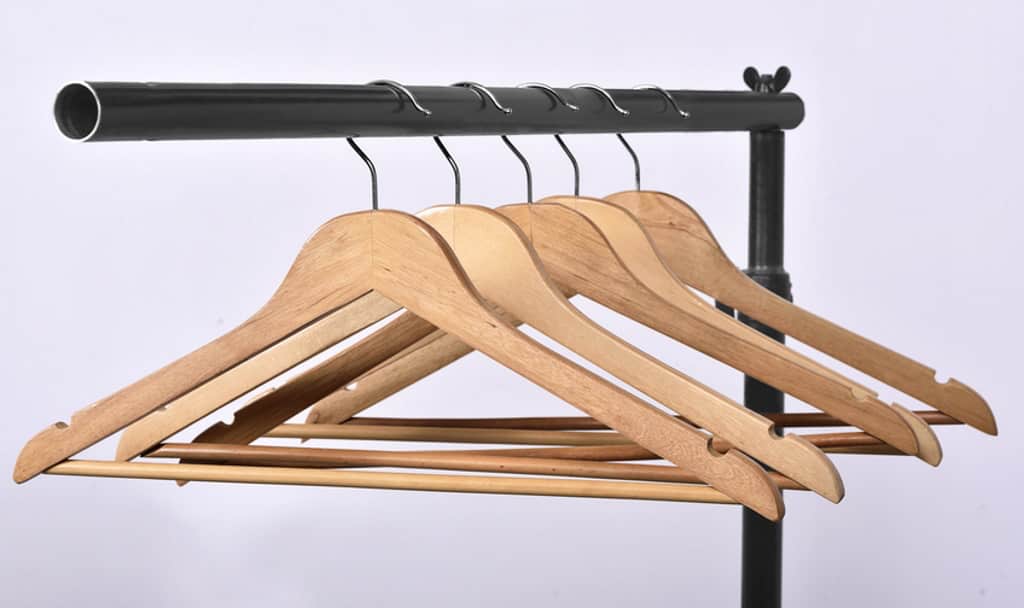The Government Equalities Office recently published new guidance for employers and employees on workplace dress codes and avoiding discrimination. You can download the original document below, but we have prepared a summary of the key points for employers to take on board.
View the Government Equalities Office dress code guidelines:
Dress codes and sex discrimination – what you need to know
Key points for workplace dress code policies
- A dress code policy is a set of standards setting out appropriate clothing for your workplace and it can legitimately be included in your terms and conditions of employment (you will find a policy in the T&Cs we have provided to you as a client).
- Dress code policies for men and women don’t have to be the same, but you should impose the same standards of clothing on both genders to avoid claims of discrimination. For example, it would be appropriate to say that both genders should “dress smartly”, “dress in a manner appropriate for seeing clients” or “wear a business suit”, but putting in a requirement to have manicured nails, tights, a particular hairstyle or high heels may be considered discriminatory unless there is a similar requirement for men.
- Any kind of requirement to dress in a provocative or revealing fashion would almost certainly be unlawful as it could expose your employee to harassment by colleagues or customers.
- Dress codes should take account of any health and safety requirements of the business. There has been a lot of publicity recently about the adverse effects of high heeled shoes on staff fatigue and the increased risk of trips and falls. We would advise against insisting that these are worn.
- If you have disabled employees you have a duty to make reasonable adjustments to help them do their jobs, and this would include modifying the dress code as appropriate.
- Dress codes shouldn’t seek to prohibit religious symbols unless there is a very good reason why they would interfere with an employee’s work.
- If you have transgender staff then they should generally be allowed to follow your dress code in a way which matches their gender identity. This would include opting for either the male or female version of a uniform if you have one.
As you can see this is all pretty much common sense and will cover most organisations. If you have specific questions on what would be an appropriate dress code policy for your business we would be happy to advise.
The Backhouse Solicitors Team
Tel: 01245 893400
Email: info@backhouse-solicitors.co.uk
Visit: 17 Duke Street, Chelmsford, Essex CM1 1JU
Or send us a message through the Contact Us page on this website






